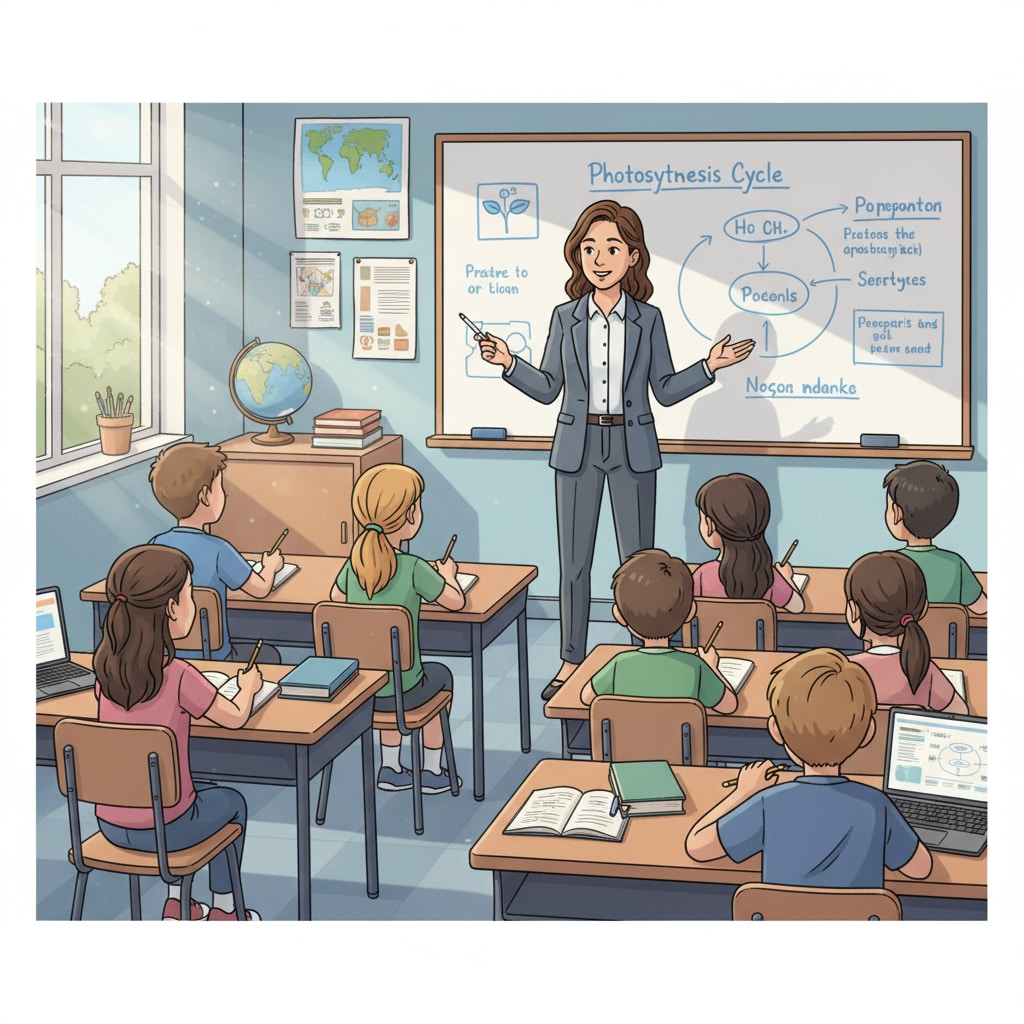In the realm of K12 education, the age-old debate of lectures, attention, and self-study continues to shape the learning experiences of students. As students progress through their educational journey, the decision of whether to rely primarily on traditional classroom lectures or embrace self-directed learning methods becomes crucial. Let’s delve into the details of these two approaches and see how they impact students’ learning outcomes.
The Value of Classroom Lectures
Classroom lectures have long been a cornerstone of education. They provide a structured environment where students can receive direct instruction from experienced educators. For example, in a history class, a teacher can vividly present historical events, making it easier for students to understand complex timelines. Lectures also offer an opportunity for immediate interaction. Students can raise questions on the spot, clarifying any misunderstandings. This real-time engagement helps maintain their attention. Classroom lecture on Wikipedia

The Power of Self-Study
On the other hand, self-study empowers students to take control of their learning. It allows them to explore topics at their own pace. A student interested in astronomy, for instance, can spend hours researching different celestial bodies. Self-study also enhances self-discipline and time management skills. Without the structured framework of a lecture, students must learn to organize their study time effectively. Self-education on Britannica

However, both approaches have their drawbacks. In lectures, it can be challenging for some students to maintain focus throughout. Distractions may arise, and not all students learn at the same pace as the lecture progresses. In self-study, students might lack the guidance needed to stay on track or may misinterpret information without an instructor’s input.
For students, a balanced approach could be the key. They can use lectures to gain a basic understanding of a subject and then supplement it with self-study. This way, they can deepen their knowledge and explore areas of personal interest. Parents and educators also play important roles. Parents can create a conducive study environment at home, while educators can design lectures to be more engaging and provide resources for self-study.
Readability guidance: By summarizing the pros and cons of lectures and self-study in short paragraphs, we can clearly see the importance of a balanced approach. The use of examples helps to illustrate key points, and the inclusion of external links provides further information for those interested in learning more about these educational concepts.


